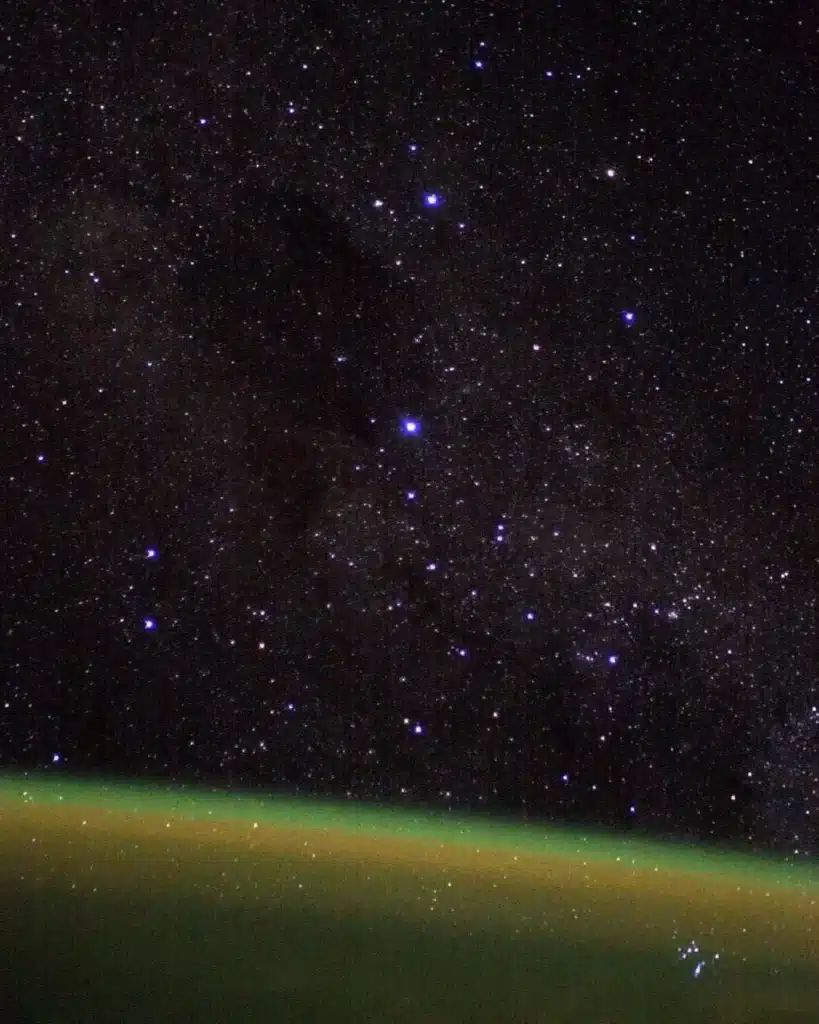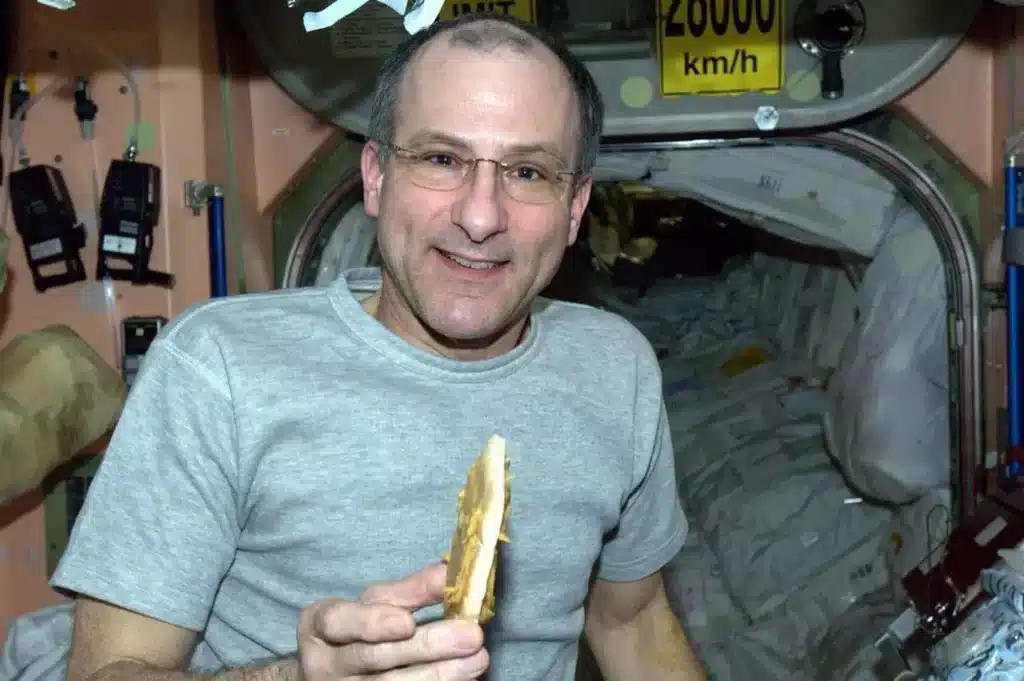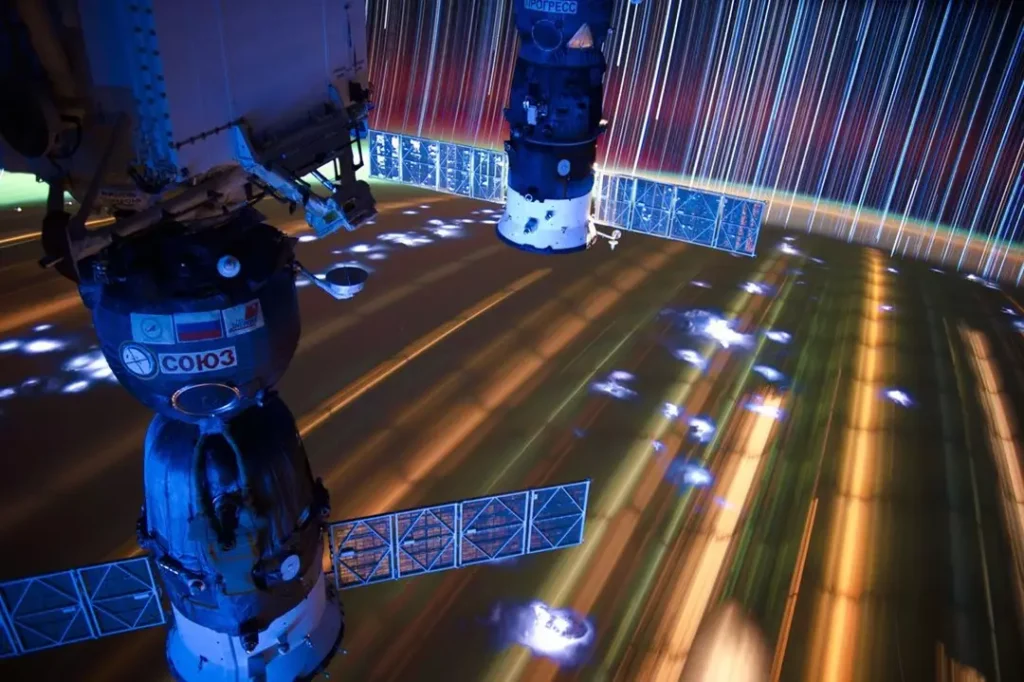Astronaut posts shot from space that can’t be ‘taken anymore’
- NASA astronaut Donald Pettit shared a shot to his Instagram
- It was taken onboard the International Space Station in 2003
- The photo shows a view of the Earth that can’t be replicated nowadays
Published on Aug 02, 2024 at 7:13 PM (UTC+4)
by Ben Thompson
Last updated on Aug 05, 2024 at 6:50 PM (UTC+4)
Edited by
Amelia Jean Hershman-Jones
A NASA astronaut shared a photo from space that could no longer be taken.
American astronaut, Donald Pettit, shared a shot to Instagram that he’d taken while on the International Space Station.
It’s a level up from regular Instagram content.
DISCOVER SBX CARS: The global premium car auction platform powered by Supercar Blondie
Photography from an astronaut on the International Space Station
When not transmitting pet photos to and from space, astronauts can enjoy the splendor of views of the Earth from above.
And that opens itself up to photo opportunities, which Pettit took full advantage of.
In the caption of his photo, Pettit revealed that the photo would no longer be possible as things had changed on the International Space Station.
His caption read: “Star field image of the Southern Cross from @iss during Expedition 6 in 2003 showing the atmosphere on edge illuminated by green airglow from atomic oxygen.

“At this time Space Station’s orbital attitude was a solar inertial attitude (XPOP) that allowed the solar panels to point towards the sun without any tracking (solar tracking was not added to ISS until much later).”
He continued: “Essentially, the station itself was the tracking mechanism thus for a camera mounted to Space Station, a time exposure yielded stars as pinpoints.
“Since about 2006, ISS has flown an Earth pointing attitude where one side remains pointed nadir towards Earth (LVLH) and time exposures yield stars that are arcing trails. This attitude limits sharp star images to less than a half second.
“For my upcoming flight, I am bringing a wind up tracking device that will compensate for the current space station motions and once again allow long time exposures with pin point stars.

“With our current generation of digital cameras, I hope to continue these astrophotography star field images.”
What does this mean for the ISS?
What this means is that the ISS has shifted its position so that one side faces towards the Earth.
Using a 30-second exposure to photograph stars would leave the stars appearing as arcing trails.
To demonstrate this, Pettit posted another image and said: “One of my star trails from @iss, blurring golden city lights with the arcing stars of deep space.

“Composites like this are made from many images, creating a time history of earthly and cosmic phenomena that maps our universe as a function of time. The blue marks of lighting strikes personify this, reflecting storm intensity. Science revealed through art.”
Pettit plans to rectify this by taking a tracking device that could compensate for the motion of the ISS on a future trip.
If all goes as planned, he’ll be able to share more beautiful images of the solar system.
Or failing that, he might have better luck getting some shots onboard the world’s first inflatable space station whenever that arrives.
In similar news, another astronaut snapped a once-in-a-lifetime image of Earth on his last day in space.




